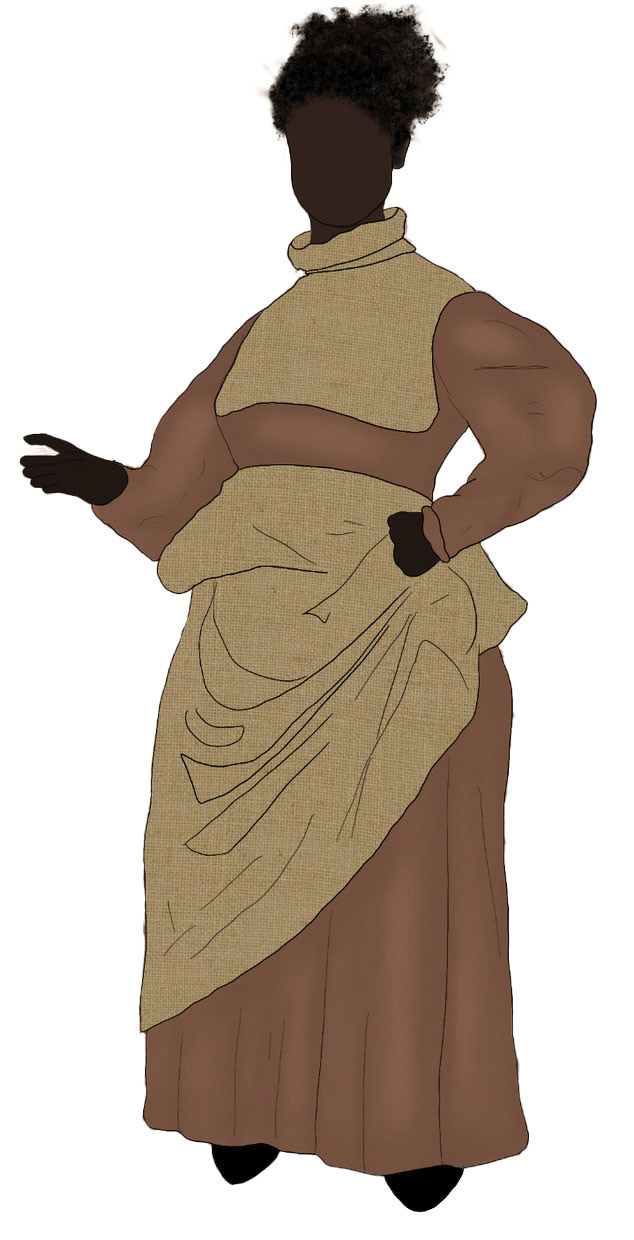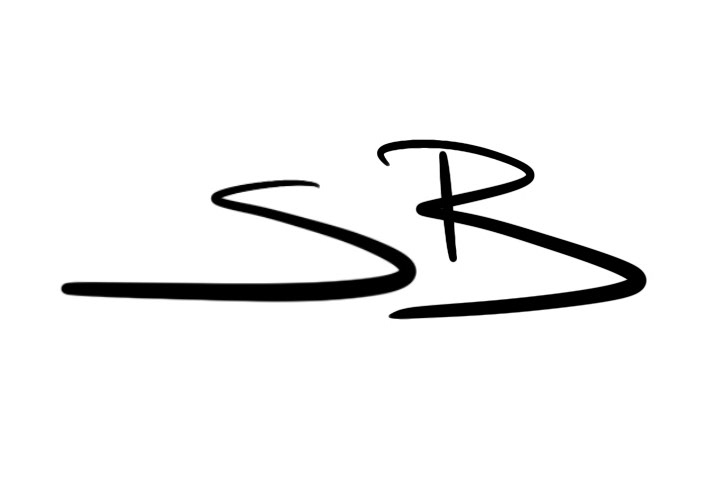Written by Morgan Lloyd Malcolm. Directed by Francesca Goodridge.
Morgan Lloyd Malcolm described the script as “a memory, a dream, a feeling of her” - with “her” referring to Emilia Bassano, a remarkable woman of intellect and conviction, often believed to be the elusive “dark lady” of Shakespeare’s sonnets. Emilia, a fierce advocate for female empowerment and equality, stands as a symbol of the many women whose talents and voices were suppressed in a patriarchal society.
For Francesca, the Director, and me, this repression felt not only historical but elemental - something deeply rooted in the very fabric of existence. We were particularly struck by the connection between the natural cycles of the elements and the cyclical nature of womanhood. Just as rain nourishes the earth and sustains life, so too do the cycles of menstruation and childbirth serve as fundamental forces of creation and renewal. This parallel offered a powerful framework through which to explore Emilia’s story - one of resilience, resistance, and rebirth.
Venue: The Unity, Liverpool
The set was designed in a thrust layout, intentionally enclosing the action to reflect the historical entrapment of women. Its structure draws visual inspiration from Renaissance beds, referencing Morgan Lloyd Malcolm’s description of the play as “a memory, a dream, a feeling of her.” This connection evokes the idea of stories confined within the bed’s walls, mirroring the way women’s lives were constrained by the societal boundaries of their time. The stage design also incorporated a physical barrier, symbolically representing the restrictions imposed on women, and offering a surface for them to break both literally and metaphorically.
Costume design followed a raw, elemental aesthetic, grounded in a naturalistic colour palette of earthy tones. This helped root the production in themes of nature, cycles, and physicality. Emilia is portrayed by three different actors across her life, with costume alterations subtly marking each phase. Emilia One wears a dense, restrictive overskirt paired with a shorter underlayer to indicate her youth and limited freedom. Emilia Two’s skirt is longer, showing the passage of time, but still confined by the same heavy overskirt - until a symbolic transformation into trousers, signifying a rejection of patriarchal constraints. Finally, the addition of a liberated overskirt represents empowerment and emancipation, visually expressing her journey toward self-ownership and defiance.
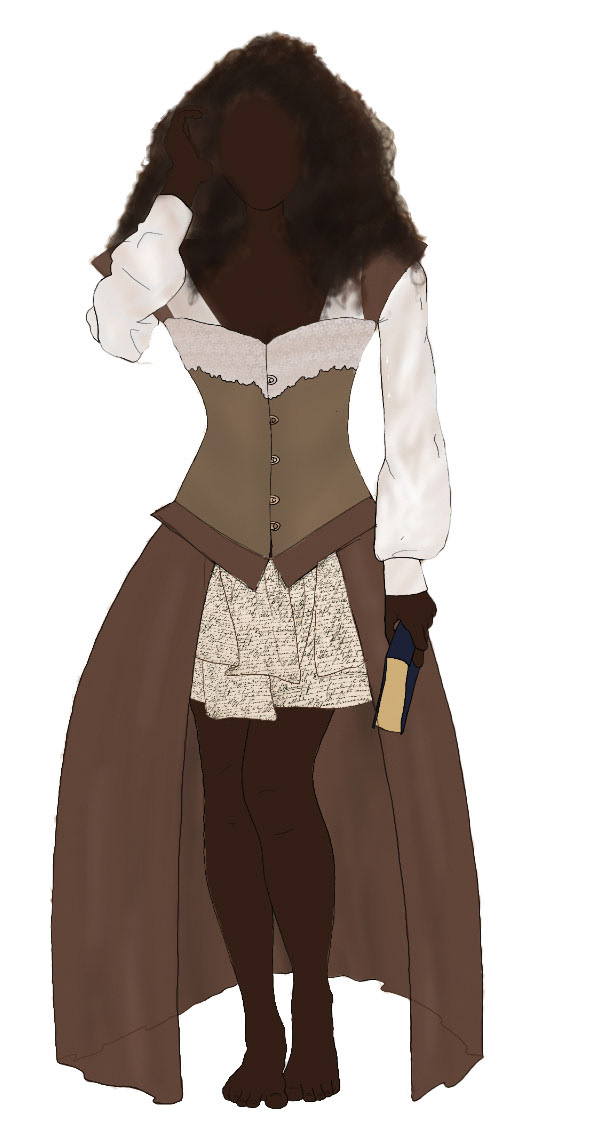
Emilia One
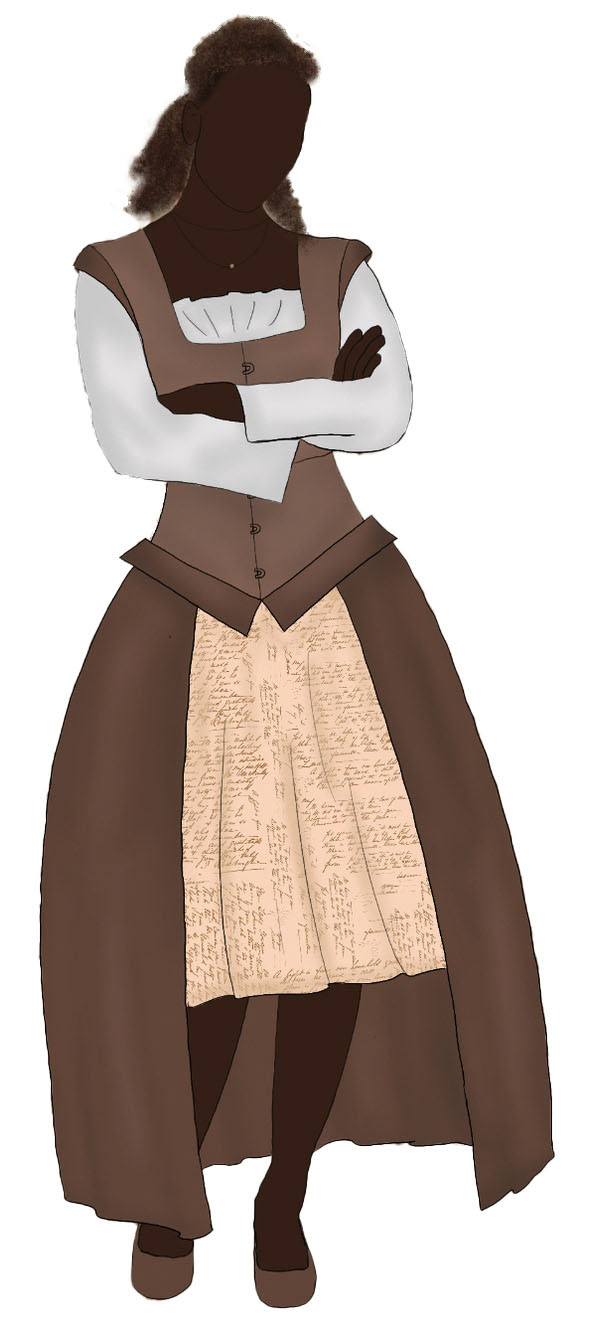
Emilia Two
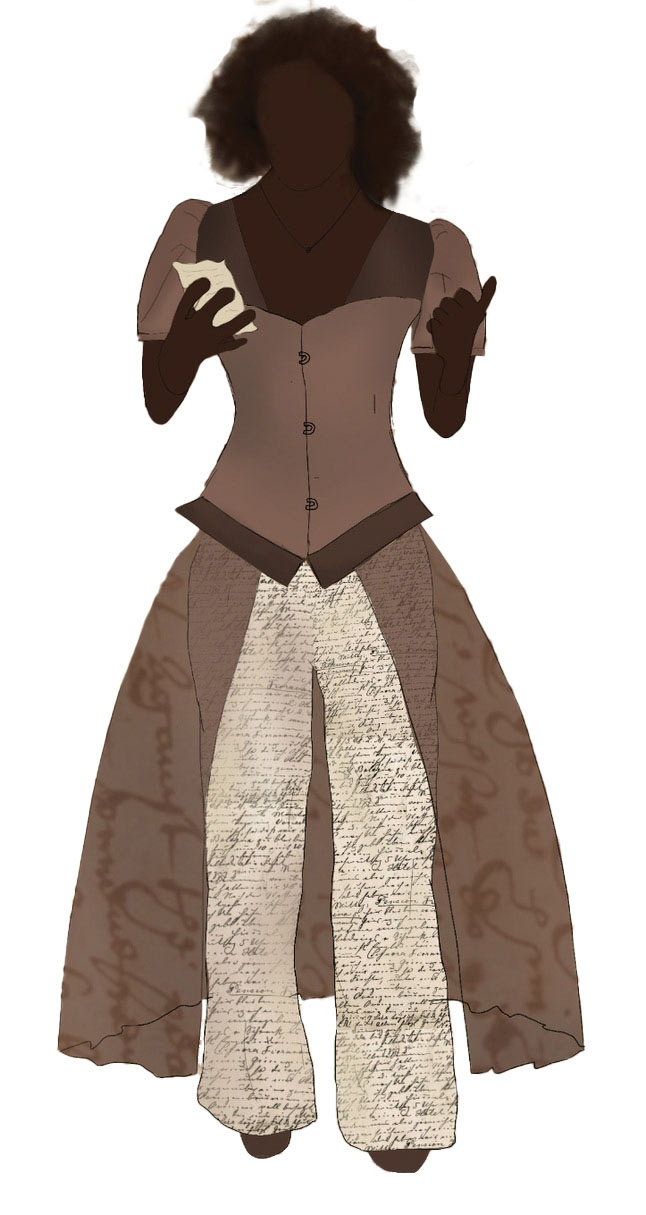
Emilia Three
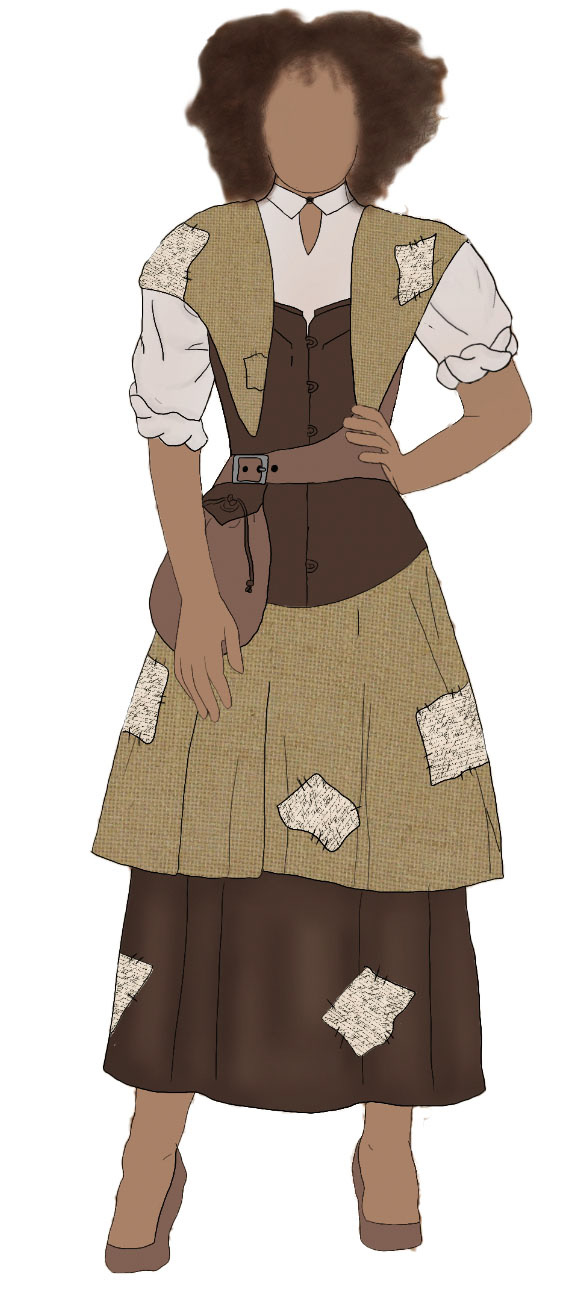
Judith, Washer Woman
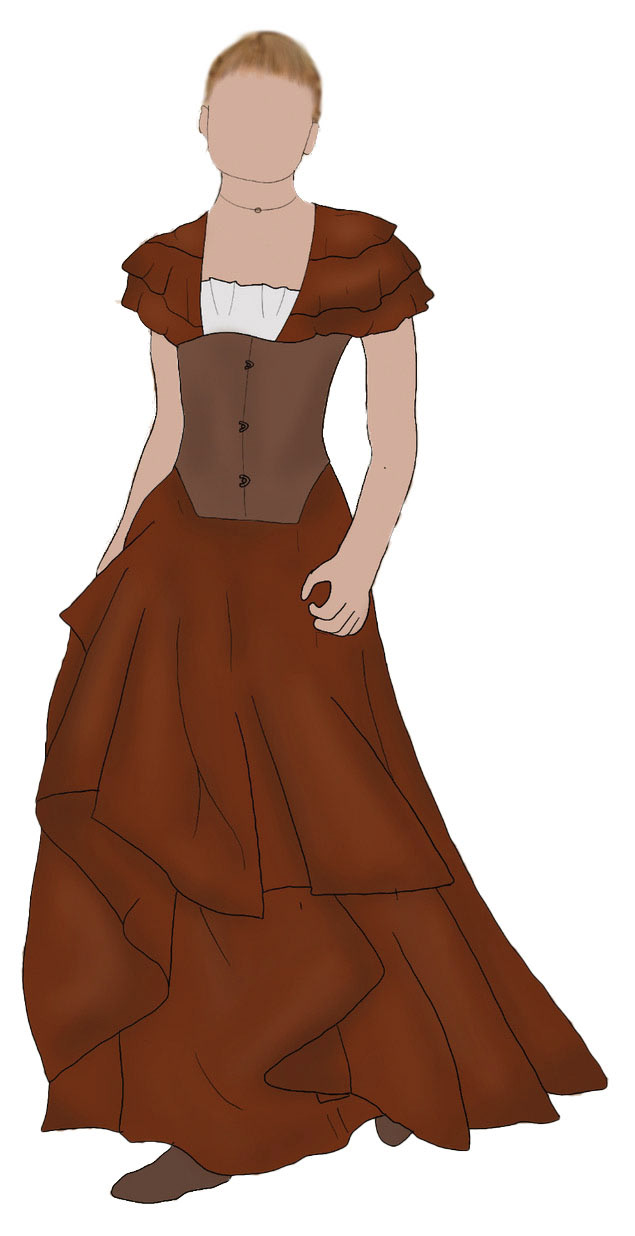
Lady Katherine
